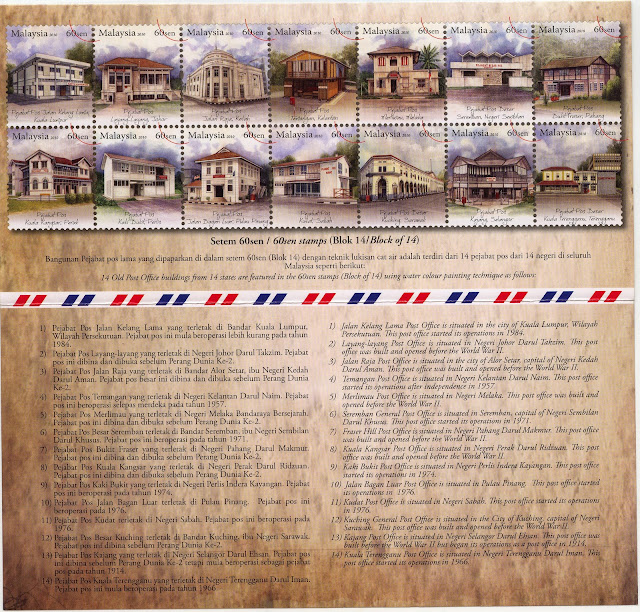The National and State Emblem is a symbol of pride to the people of a state or nation. Each symbol in the emblem has its own specific meaning.

From Left to Right
1) The National Emblem
2) State Emblem for Negeri Kedah
3) State Emblem for Negeri Sembilan
4) State Emblem for Negeri Pahang
5) State Emblem for Negeri Kelantan
6) State Emblem for Negeri Johor
7) State Emblem for Negeri Perak
8) State Emblem for Negeri Perlis
9) State Emblem for Negeri Selangor
10) State Emblem for Negeri Terengganu
11) State Emblem for Negeri Sarawak
12) State Emblem for Negeri Pulau Pinang
13) State Emblem for Negeri Sabah
14) State Emblem for Negeri Melaka
13) State Emblem for Negeri Sabah
14) State Emblem for Negeri Melaka






